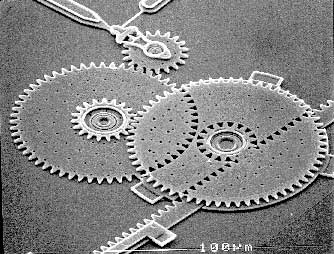
Friday, November 30, 2018
Study resolves fine details of how microscopic machines can fail in the blink of an eye
Brilliant iron molecule could provide cheaper solar energy
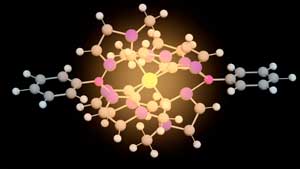
X-rays reveal the workings of batteries
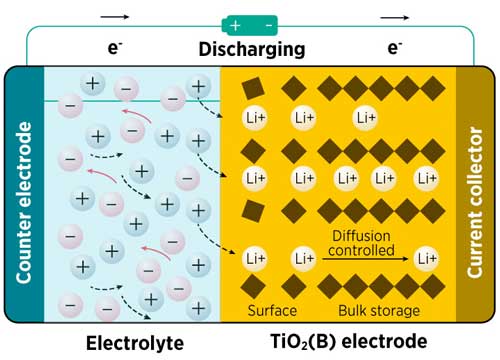
More sensitive MRI diagnostics thanks to innovative 'elastic' contrast media
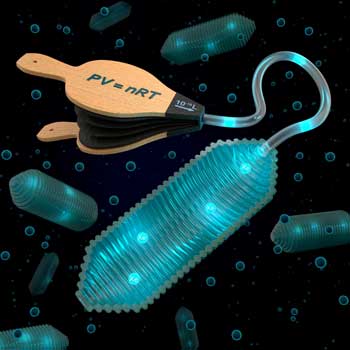
Surface of ultra-smooth nanomaterial steeper than Austrian Alps

Atomic nitrogen route to new 2D semiconductors
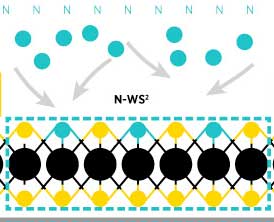
On the cusp of valleytronics
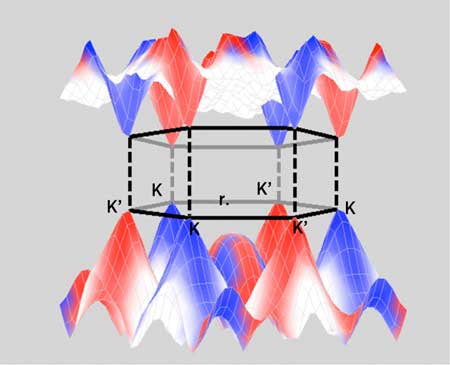
Probing structural changes in electroactive self-assembled monolayers
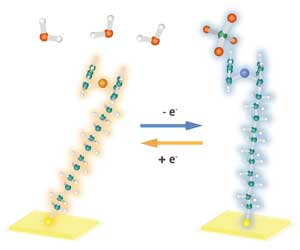
Subscribe to:
Comments (Atom)
